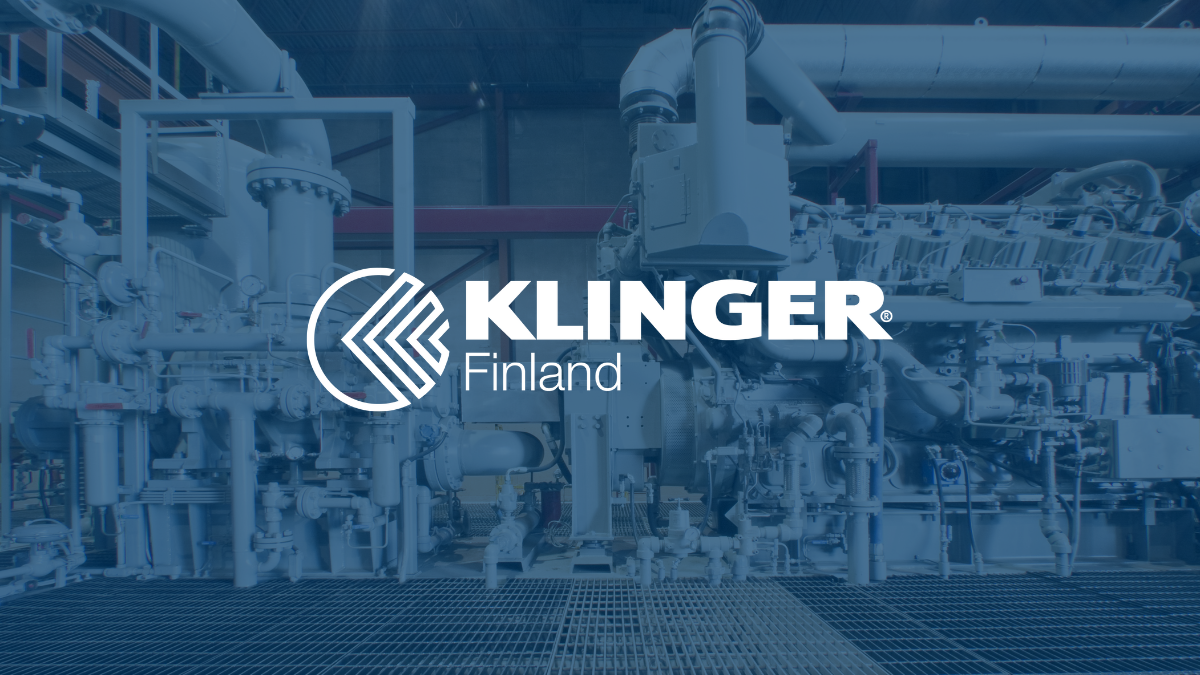What is a pressure switch?
A pressure switch is a device that responds to specific changes in pressure levels by activating or deactivating an electrical circuit accordingly. This technical component is crucial in many industrial applications where pressure control is critical. Pressure switches are commonly used to ensure that pressure remains within a defined range, which is essential for both safety and efficiency.
Pressure switches can operate either mechanically or electronically:
- Mechanical pressure switches: Pressure induces physical movement, which activates the switch.
- Electronic pressure switches: Pressure is converted into an electrical signal that controls the switching mechanism. This allows for more precise and faster pressure control in complex processes.
The pressure switch is an essential device in many industries, including the energy sector, enhancing both system safety and operational efficiency.
Applications of pressure switches
Pressure switches are widely used across various industries. For example, they are employed in heating, ventilation, and air conditioning (HVAC) systems to monitor and manage pressure levels. This ensures that systems operate optimally and safely.
In industrial facilities, pressure switches are often used for process monitoring and alarm management. They can alert operators when pressure exceeds set limits, signaling potential faults or hazardous conditions.
The importance of pressure switches
The significance of pressure switches is particularly evident from a safety perspective. They help prevent dangerous pressure conditions that could lead to equipment damage or even personal injury. Pressure switches also play a key role in improving energy efficiency by optimizing system performance and reducing energy waste.
A high-quality pressure switch can extend the lifespan of equipment by preventing overloads and other pressure-related issues. This supports process continuity and minimizes maintenance costs.
Choosing the right pressure switch
Selecting the right pressure switch involves considering several factors. First, it is crucial to determine the type of pressure the switch needs to monitor. This helps in choosing a device that can withstand the conditions and perform reliably.
Another critical factor is the switch’s sensitivity and response speed. Some applications require very rapid responses, while in others, the urgency is less critical. Additionally, the operating temperature and environmental conditions should be assessed to ensure the switch’s longevity and reliability.
In the growing hydrogen market, selecting the appropriate solutions is particularly important, as standards and requirements are still evolving. Careful evaluation helps identify a switch that meets both current and future demands.
Maintenance of pressure switches
For serviceable models, ensuring reliable operation of pressure switches requires regular maintenance. This includes cleaning and inspecting the switch to verify its functionality and accuracy. Additionally, recalibrating the switch as needed ensures it aligns with the set pressure values.
Neglecting maintenance can lead to premature failure and potentially hazardous situations. Therefore, it is recommended to establish a regular maintenance schedule covering all critical components. This ensures optimal and safe operation, which is essential for industrial efficiency and safety.
